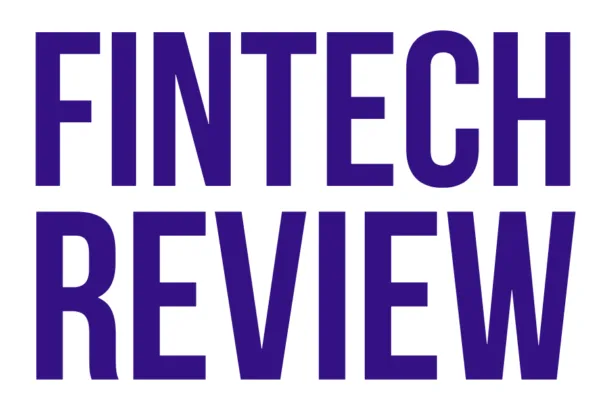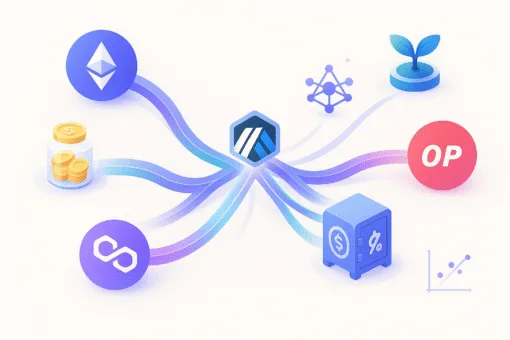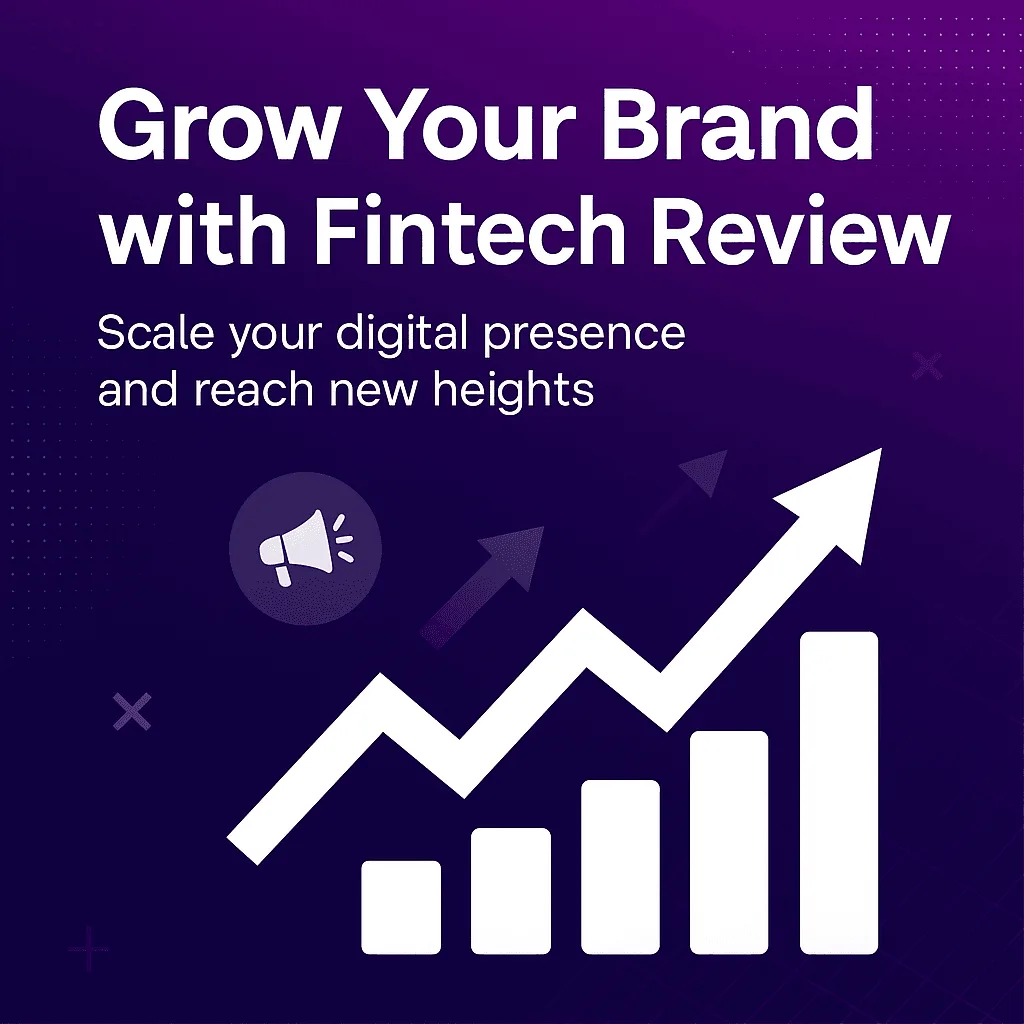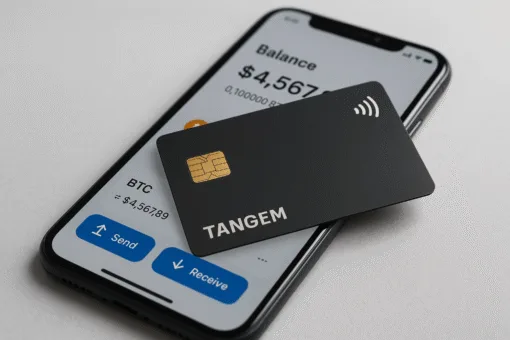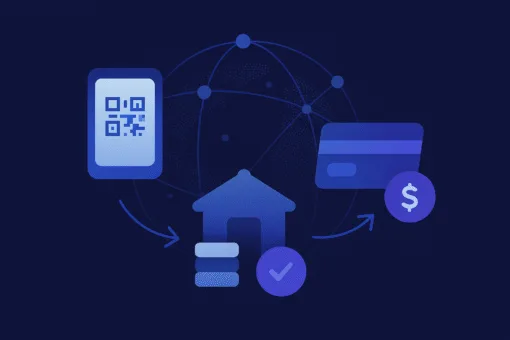When we talk about digital experience, it seems that the focus is only on customer experience. It makes sense, at the end of the day, customers are the ones paying the bills. It should be, unless you are a fintech startup and everything is free until you figure out how to monetise. However, at the end of the day, employees are the core of any organisation. Therefore, their own experience needs to be market-leading. And the financial sector is leading the way in digital employee experience. Fintech Review asked a few questions to Ayelet Elstein from Lakeside Software.
Tell us more about Lakeside. What is your elevator pitch?
Lakeside Software is a market leader in Digital Employee Experience (DEX). Lakeside enables customers to drive superior business outcomes powered by real-time data – the deepest, most complete end user data available on the market. We collect 10,000 data points every 15 seconds, providing our customers intelligent insights ranging from proactive helpdesk services to predictive maintenance, to optimization of software and hardware assets. Our customers use our data to support topical use cases including digital workplace optimization, sustainability, attrition prediction, zero touch retail, and more.
What is your background and what is the story behind the company?
I am Israeli and I’ve been living in London for 21 years. I first came here to work with Mercury Interactive and I was in the company for around 10 years, the majority of it here in London. When Mercury Interactive was acquired I moved to the art world, opening a start up with two colleagues. I learned a lot from that experience.
Afterwards I was recruited to Amdocs where I led global innovation. It was an amazing job but I missed the hyper growth element that you get in companies like Lakeside. And when Lakeside CEO Dave Keil contacted me, I was really excited for two reasons: First, Lakeside is a huge player in a very dynamic category; Second, I love bringing companies forward. I love building that momentum and creating that paradigm shift in the marketplace.
What are the main trends in digital employee experience in financial services?
Financial services are leaders in the Digital Employee Experience space. This is an industry that requires the very highest level of technology experience in the workplace because the cost of downtime is just so high. The challenge for IT teams is making sure that technology failure doesn’t impact the end user, because those employees often need to make critical decisions in very short periods of time. The cost of disruption is potentially huge. This also connects to the customer experience: better digital experience in the workplace helps to deliver a faster and more robust online service for customers.

Lakeside recently surveyed hundreds of employees, c-level business leaders and IT professionals from multiple industries. What we found was that financial services companies are among the most advanced industries in terms of digital employee experience – alongside the tech industry, employees and IT teams in the financial world were the most satisfied with technology in the workplace. However, 21% of employees still believed that they could be more productive with a more performance IT infrastructure and better toolset. That represents a significant opportunity, and financial services companies recognize that.
We recently opened Lakeside’s new EMEA headquarters in Central London, specifically because we know that the financial services organizations based here in the City demand the highest possible standard of digital experience management. No matter how well they are performing, they want to provide better in order to stay ahead of the competition.
How is Lakeside responding to these trends?
We provide the most complete and most actionable data on the market. We are focused on delivering ever better levels of visibility and insight so that our customers have deep and actionable data so that they can be more proactive and more responsive in resolving issues.
Any innovation in fintech more broadly that you are really excited about?

The increasing level of expectation for seamless online experiences is particularly interesting. The question for financial services companies is, how do they scale to meet the ever increasing demand for digital services while maintaining quality?
